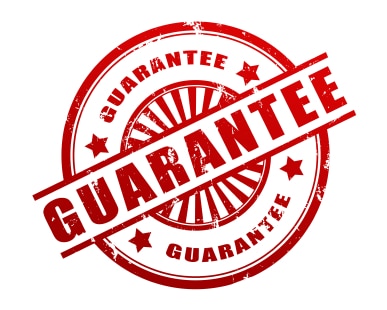
Consider this, whenever a customer (or client) makes a purchase, they take a risk that the product or service will work i.e. it will solve their key problem, concern or frustration.
That fact can and does hamper the decision-making process. So when a business removes the risk, it gains more customers. Simple, right?
But how do you capitalise on the power of guarantees?
Like any tool you implement, it must be used correctly. To be truly effective, your guarantee should incorporate these 3 core elements:
- Be specific — that is, the client understands exactly what will happen if you don’t deliver on the promise you’ve made.
- Be blatant — an example is the Marriott Hotel in the US which puts it this way: “If, when you get to your room, it isn’t the cleanest hotel room you’ve ever checked into, the first night’s accommodation is on us.”
- Link the guarantee to a key frustration — an example from a hospital Emergency Room Care service: “If you have to wait more than 5 minutes for emergency room care, the accounting department will refund 25% of your bill”.
The hospital from this example, after offering its guarantee, tracked a 25% increase in business in the first 12 months alone.
The key is in building the guarantee Into your operational structure and systems — it can’t simply be a marketing tool; and it must be so self-punitive that producing the promised result is the only viable option.
Genuine guarantees have real power to, attract market attention, motivate your team and to improve profit dramatically.



